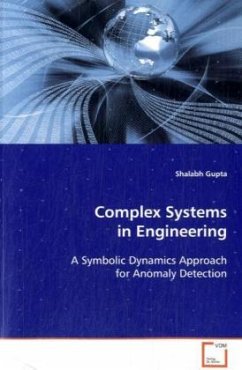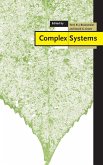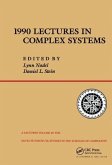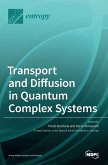Maturity of scientific theories has facilitated
creation of advanced technology of human-engineered
complex systems. A major challenge in these systems
is online detection of behavioral uncertainties due
to gradual evolution of anomalies (i.e., deviations
from the nominal condition). These anomalies may
alter the quasi-static behavior that causes
performance degradation and can eventually lead to
catastrophic failures. Therefore, for safe and
reliable operation, it is essential to develop robust
analytical tools for online degradation monitoring
and for generating advanced warnings of emerging
anomalies. Since it is often infeasible to achieve
the required modeling accuracy due to the presence of
i) high dimensionality, ii) non-stationarity
(possibly chaotic behavior), iii) nonlinearity, and
iv) exogenous disturbances, time series analysis of
appropriate sensor data provides one of the most
powerful tools for degradation monitoring of complex
systems. This book presents a data-driven pattern
identification methodology, built upon
multidisciplinary concepts of Symbolic Dynamics,
Automata Theory and Information Theory, with diverse
applications to complex electromechanical systems.
creation of advanced technology of human-engineered
complex systems. A major challenge in these systems
is online detection of behavioral uncertainties due
to gradual evolution of anomalies (i.e., deviations
from the nominal condition). These anomalies may
alter the quasi-static behavior that causes
performance degradation and can eventually lead to
catastrophic failures. Therefore, for safe and
reliable operation, it is essential to develop robust
analytical tools for online degradation monitoring
and for generating advanced warnings of emerging
anomalies. Since it is often infeasible to achieve
the required modeling accuracy due to the presence of
i) high dimensionality, ii) non-stationarity
(possibly chaotic behavior), iii) nonlinearity, and
iv) exogenous disturbances, time series analysis of
appropriate sensor data provides one of the most
powerful tools for degradation monitoring of complex
systems. This book presents a data-driven pattern
identification methodology, built upon
multidisciplinary concepts of Symbolic Dynamics,
Automata Theory and Information Theory, with diverse
applications to complex electromechanical systems.








